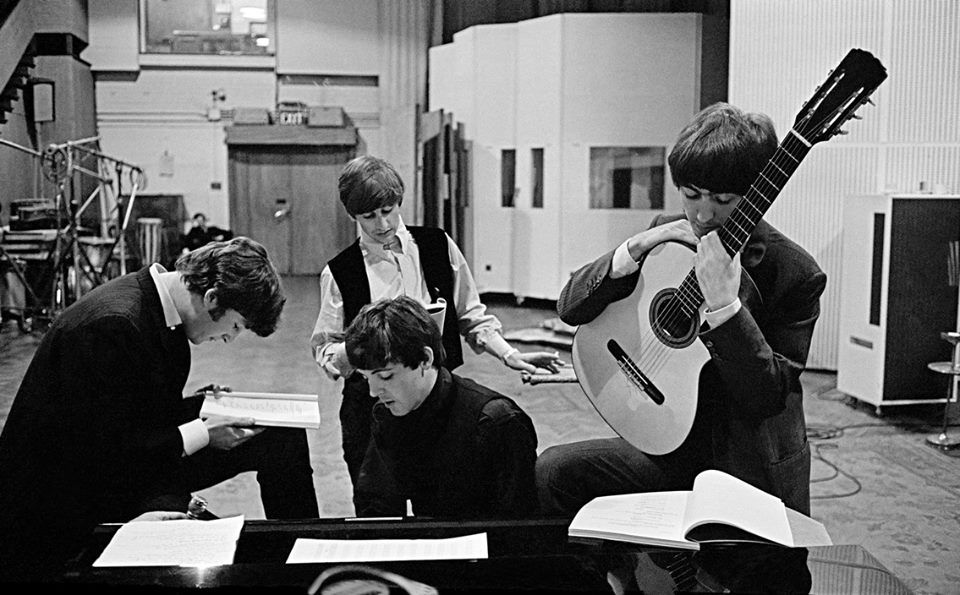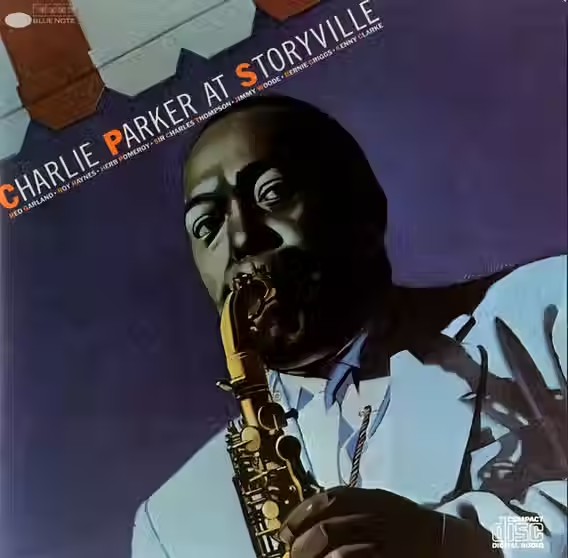An overview of Giving You Everything: A Hard Day's Night and the Artistic Zenith of the Beatles
- Colin Fleming

- Feb 2, 2023
- 4 min read
Thursday 2/2/23
I thought I’d start this summary with what I envision as a prospective catalogue description for this proposed book and potential back cover copy, to provide a taste and introduction:
Giving You Everything: A Hard Day’s Night and the Artistic Zenith of the Beatles by Colin Fleming
Sgt. Pepper. Revolver. Rubber Soul. Abbey Road. The White Album.
Call them the accepted, vaunted album masterpieces by the Beatles. Beloved. Acclaimed.
But they were not the Beatles at their absolute best, nor do they represent the apex of their abilities as purveyors of entertainment, shapers of the zeitgeist, and masters of their own formidable, timeless art.
In this bold, bracing, landmark new book, noted Beatles authority Colin Fleming shows us why the Beatles were never better, never more important, never more vital than with A Hard Day’s Night the album, the true artistic zenith of their career, while also exploring and extolling the unique cinematic masterwork of the same name.
Get ready to have your Beatles script flipped as new light gets shone in passage ways too rarely explored, for reasons that need not remain in place.
Fleming delves into the world of skiffle, the writing sessions, the sense of competition, the home recordings, the BBC radio appearances, the studio sessions, the early history of rock films, the scripts, the cinematography, the demos, the live shows, and perhaps the most important friendship of the twentieth century in revealing what makes A Hard Day’s Night the album and film what they are.
No one thinks about the Beatles like Fleming. And certainly no one writes about them like he does.
Giving You Everything: A Hard Day’s Night and the Artistic Zenith of the Beatles is the Beatles book we need. A blast of unique, Beatles-based truth, testimony, power, and a thrilling, illuminating flight to the actual toppermost of the Poppermost.
Approaches to the Beatles have become lazy and predictable as the years go on. There’s an emphasis on the recordings made from 1967—when Sgt. Pepper was released—to the end of their career.
There are a number of reasons for that. Classic rock radio for one, and then productions like the Netflix Get Back docu-series.
These latter period Beatles are deemed (erroneously) as edgier, and as though it’s cooler” to tout what a fan one is of “Happiness Is a Warm Gun” rather than “All My Loving,” especially if one more or less avoids the latter. It’s a form of recency bias, in a way, as if the early Beatles were but an oldies act.
I’ve harbored a belief—which has only become stronger—that there has never been an artistic force like the early Beatles, who reached their apex as artists and shapers of the zeitgeist in 1964, with A Hard Day’s Night.
Bob Dylan was driving down the road once when he had to pull over upon hearing those songs from 1964, because he’d never experienced such radical songsmithing. They changed his life in that moment; he put aside folk songs, and picked up an electric guitar.
A Hard Day’s Night is an album—the only Beatles LP comprised of songs written exclusively by John Lennon and Paul McCartney—and it’s also a film. They go together, they inform each other, and this book is about both. There has never been an authoritative book on A Hard Day’s Night the movie, which is a classic of British cinema. It’s a substantial hole, in need of capable and inspired filling.
One of the reasons for the absence of such a book is that we don’t have anyone who knows the Beatles well enough, and film itself well enough. I have written about music and film in equal measure, for two decades. I write books on both film and music.
The album changed how rock and roll songs are written and recorded. How rock and roll is played. How the studio is used. What was unthinkable became permissible. It’s an album, and an album-making process, as sonic liberation.
A Hard Day’s Night the film is unclassifiable. It changed what a rock and roll film could be.
It’s comedy, travelogue, surrealistic picture, day-in-the-life road picture, musical, buddy film, last instance of Kitchen sink realism, and a harbinger of psychedelia and the “anything is possible” attitude that was to define the best art of the 1960s, and, I’d say, the best art of any era.
Nor is this just a book for Beatles people, be they relative newcomers or hardcore Beatles people. I have a rule: no reader left behind. If you have the ideas, if you have the gripping story, if you move from your subject to the universal, if you write at the level of both art and entertainment, people will find themselves in your work, no matter the official subject.
That’s what the Beatles themselves did—they moved from the personal to the universal and back again, and they really began doing that—and did it best—with A Hard Day’s Night.
The record is of a consistent qualitative piece that flows continuously, but it has distinct halves. That second half is darker, more introspective, and it points the way to Rubber Soul—another album, like A Hard Day’s Night, with a very strong John Lennon quotient—and “Strawberry Fields Forever” and “A Day in the Life.”
People want to buy things that are new about the Beatles, but rarely do they have a legitimate opportunity to do so. The breakdown of the books coming out, and that have been coming out, is usually thus: They repeat what everyone knows. They’re glorified coffee table books.
Or, they center on minutiae; the company, for instance, that made George Harrison’s guitars in the second half of 1965. They’re limited in scope. Or they’re personal musings. “What the Beatles meant to me.”
They’re typically not created to give readers a new experience, to blow their minds, to get them to react. To agree vociferously, to disagree vociferously. To think, to feel, to come away with new ideas, and to be excited all over again about listening to this music that they love.




Comments